Sigma 10-18mm F2.8 DC DN Review
Dustin Abbott
October 10th, 2023
When I started reviewing Sony, there were no Sigma E-mount lenses other than a few APS-C lenses that have since been discontinued. Sigma then did a big drop of ported EF mount lenses from their ART series to E-mount, though most of those have been replaced with new DN lenses. Sigma uses the DN designation for their lenses that have been specifically designed for mirrorless, and in less than four year they have released nearly 30 DN lenses. That’s right! The Sigma 10-18mm F2.8 DC DN Contemporary lens is the 29th DN lens, and the newly announced 70-200mm F2.8 Sport will be the 30th DN lens my count. That averages to more than 7 lenses per year, which makes Sigma easily the most prolific lens maker that I’m aware of during that time. The majority of those lenses have been full frame lenses, however, and we’ve seen fewer of their APS-C specific designs, which Sigma designates with DC. But this year we’ve seen two important DC DN lenses, including the excellent 23mm F1.4 DC DN and this new 10-18mm DN, a wide angle zoom lens with a fast maximum aperture of F2.8. This will certainly be a welcome addition to Sony, Fuji, and Leica L-mount shooters…particularly if the lens proves to be a good performer. We’ll try to answer that question in both the video review and the text review below.
Follow Me @ YouTube | Patreon | Instagram | Facebook | DA Merchandise | Flickr | 500px
Thanks to Gentec (Sigma’ distributer in Canada) for sending me a review loaner of this lens. As always, this is a completely independent review. *The tests and most of the photos that I share as a part of my review cycle have been done on the 26MP APS-C mode of the Sony a7RV.
__________________________________________________________________________________________________
The Sigma 10-18mm DN is the sixth lens in this series. Here’s a look at the DC (APS-C) DN (mirrorless) lineup thus far.
- Sigma 16mm F1.4
- Sigma 23mm F1.4
- Sigma 30mm F1.4
- Sigma 56mm F1.4
- Sigma 10-18mm F2.8
- Sigma 18-50mm F2.8
Sigma’s DC DN lenses have all fallen under the umbrella of their Contemporary lineup, and while Sigma has proven willing to experiment with new features and design elements within the ART and Sport lineups, the Contemporary lenses have all stuck to a fairly rigid design formula. That continues to be the case here, so this little lens mostly looks and handles pretty similarly to other lenses in the lineup.
There’s some good and bad with this, but what certainly isn’t bad is that you can capture some absolutely amazing images with this little lens.
Yes, the colors were just that rich; the Sigma has captured them accurately.
This is a useful zoom range, allowing you to go from extremely wide at 10mm (15mm full frame equivalent) through the various steps to 18mm (27mm full frame equivalent).
The Sigma 10-18mm F2.8 DC DN carries a price tag of $599 USD. Should this lens jump to the top of your list when you are looking for a wide angle zoom lens for your camera?
Sigma 10-18mm DN Build and Handling
Though Sigma has released a LOT of lenses over the past few years, this is (surprisingly) only the second APS-C specific zoom lens released for mirrorless cameras. The first was the 18-50mm F2.8 DN that I reviewed almost exactly two years ago. I quite liked that little zoom, and actually plan to revisit it with a Fuji X-mount review in the near future. The 10-18mm provides an obvious compliment to that lens, allowing for coverage from 10-50mm between the two lenses, or the equivalent of 15-75mm on full frame. This is all with a maximum aperture of F2.8, which is obviously very useful. What’s more, both of these lenses are extremely compact and light, making them very easy to travel with as a kit. The new 10-18mm DN weighs just 255g in Sony E-mount, or 9 oz. It is 72.2mm in diameter and 64mm in length (2.8 x 2.5″).
Up front we have the ability to use traditional filters in a very standard 67mm size.
As more and more lenses are released on these platforms (particularly on E-mount), it has become increasingly common to see more unique focal lengths and zoom ranges instead of just retreading the traditional versions. That means that doing a direct comparison between various lenses becomes more difficult as they don’t have all have the same focal range and aperture combinations. On APS-C we essentially have two paths – the F2.8 path that has a constrained zoom range to keep the size, weight, and cost down, or the F4 path that allows for a bit more zoom range but at the cost of the brighter aperture. The closest competitor to the Sigma 10-18mm DN will be the Tamron 11-20mm F2.8 RXD; it has a bit more zoom range, but, importantly, it is not as wide. It’s easier to crop in enough to account for that 2mm on the telephoto end, but you can’t always step back to get more in the frame. Here’s a look at these various competitors and their costs.
You’ll note that the Sigma is the cheapest of their four lenses at $599, and also manages to be the second smallest and lightest despite going wide (10mm) and having a larger maximum aperture. It also has the smallest zoom ratio, though not by much. I suspect that many will find the weaknesses an acceptable tradeoff for the significant strengths.
As noted, Sigma’s Contemporary branded lenses have followed a very definite design path. Sigma’s build quality on these lenses is quite nice. The aesthetic and feel of the lens isn’t really different than their ART series. The design language and materials are quite similar…just smaller.
But where the ART and Contemporary lenses diverge is in the features. The key difference is that the DC DN zoom lenses are essentially featureless. There is no aperture ring, no switches, no iris lock, no declicking of the aperture, no focus hold button. Now, to be fair, the Tamron lens (probably the primary competitor) also lacks these features. The Fuji lenses XF 10-24mm does have an aperture ring, while the little Sony manages to have a focus hold button, AF/MF switch, and also PowerZoom functionality.
I’ve seen this happen before; a lens maker locks themselves into a certain standard of features for a series of lenses, but then the market shifts and that design philosophy is no longer acceptable.
Case in point is Sigma’s approach to weather sealing on the Contemporary lineup. The 10-18mm DN has a weather sealing gasket at the lens mount but no internal seals…just like the other DC DN lenses. This is at least one area where the Sigma falls behind the competitors – the Tamron 11-20mm, Sony 10-20mm, and Fuji 10-24mm all feature fully weather sealed designs.
Enough about what isn’t here, however. Let’s focus on what is here. The is a very short lens (just 62mm), so that means there is a lot to fit in on a zoom lens. Sigma’s design is slightly unique in that the manual focus ring is actually the closer of the two. It occupies the center of the barrel, while the zoom ring is on a flared out section near the front of the lens. Like other lenses designed for mirrorless cameras, this is a focus-by-wire system in which input from the focus ring is routed through the focus motor. It is actually the focus motor that moves the elements, making manual focus more of an emulation than a direct movement of the elements. Some lenses pull this off better than others, and the Sigma 10-18mm DN is one of them. There is good weight/damping on the focus ring, and no visible steps during focus changes. I didn’t notice any focus lag either; the action on the ring and the movement of focus seemed directly linked. I will note that the lens will automatically alert the body to magnify the image when you are manually focusing, which is a big help in visually confirming focus.
There is about 10mm between the focus ring and the beginning of the flared section that leads to the zoom ring. I appreciate some space there, as that was one of my complaints about the Sony 10-20mm; there was almost no room between the two rings on that lens, and it was easy to inadvertently move the wrong ring. There’s a very definite difference between two rings and position on the Sigma, though there is a different problem. At the fully retracted position (there is a slight external zoom action), the lens hood fits so tightly against the zoom ring that there isn’t a lot of space for your thumb to fit on the narrow ring. If you happen to have longer fingernails, you might actually find zooming a bit of a challenge.
The zoom action itself is very smooth. This is a “reverse zoom” in terms of the retraction; the inner barrel is fully retracted at 18mm and extends the furthest at 10mm, though the barrel extension is only about 10mm.
Sigma is experimenting with a new lens hood design for this lens. Rather than bayoneting into place, it is actually just a push on design. You still need to line up the markings on the hood and the barrel, but then you just push the lens hood into place rather than rotate it. A spring/lever mechanism holds the hood locked into place. You can release it by just doing a slight rotation to the left.
The primary “pro” of this design is it allows them to the make the lens hood a little thinner as there doesn’t need to be room in the hood design for the bayonet action. Sigma touts the fact that while the filter size of the 10-18mm is 12mm larger than the 18-50mm (67 vs 55mm), the diameter of the lens hood is only 3.8mm larger.
If you want to reverse the hood for storage, you now line up an arrow on the lens hood with the previous mark on the lens barrel and push it forward. Removing it simply requires a similar slight rotation to the left. As per usual, Sigma’s lens hoods are just a little bit nicer than the competition, including some soft-touch materials, texture variations, and lens information imprinted on them.
The 10-80mm DN has two different minimum focusing distances for the wide and telephoto ends of the zoom range. At 10mm you can focus as closely as 11.6cm (4.6″) and can get as high as a 0.25x magnification…though you have to be pretty much right on top of your subject to get it.
At 18mm that disance extends to 19.1cm (4.6″) and the magnification drops to just 0.14x…though shots at 18mm are a whole lot easier to get!
The aperture iris is electromagnetic and controlled from within the camera (no aperture ring). It has seven rounded aperture blades that do a fairly good job of retaining a circular shape even with the lens stopped down, though frankly you won’t have a lot of opportunity to shoot shallow depth of field shots with a wide angle lens like this.
Stopping down will produce a decent 14 bladed sunstar effect.
There isn’t much deviation from the standard formula here, and while I do think there’s room for improvement, I appreciate the great strengths here as well. This is a lightweight, compact lens that also has a very nice build and feel to it. I think people will love how compact the lens is (it is 22mm shorter than the Tamron!) and thus how easy it is to bring along.
Sigma 10-18mm DN Autofocus
Sigma continues to utilize a stepping focus motor (STM) in these smaller lenses as the elements are smaller and lighter than lenses and don’t require the higher torque that some of their large aperture full frame or sports oriented lenses. The STM focus motor is sufficient here, however, as focus was fast, quiet, and accurate during my tests.
I didn’t really pick up on any focus sound at any point, and focus was responsive enough to pick up on my bratty little Bengal:
I did my autofocus tests indoors and outdoors, and found AF-C autofocus changes near instant moving from a close to a distant subject.
I also tested Eye AF tracking, and found that autofocus stayed “sticky” on Nala’s eyes even though they were closed for most of my moving around.
I had good autofocus results even when shooting backlit subjects, like these fall leaves starting to change.
Wide angle lenses put less stress on their autofocus systems because depth of field tends to be very large unless you are extremely close to your subject. I have zero complaints about the performance here for stills, however, as focus was quick and confident.
My autofocus focus pulls test went very well, with quick, smooth pulls from one subject to another. There is very little focus breathing with the lens, so there is little to draw attention to the focus transitions other than a different subject being in focus.
Likewise my “hand test” where I block the view of my face with my hand and then move the hand to allow focus to pop back to the eye went well. Transitions were smooth and confident.
That translates well to focus transitions in real world video as well. I could move from one subject to another with smooth focus transitions that make for nice video. There was a little less consistency of focus (focus moved around a little) as compared to similar tests done a few days before on the Tamron 17-50mm F4 VXD for full frame (my review here), though that lens was equipped with a higher end linear style focus motor. These focus “misses” were less obvious due to the minimal focus breathing – focus could move around a little without drawing the eye.
I also did a similar sequence where I walked in reverse with the lens on a gimbal as Nala followed me. Overall the results were positive, but again I did notice that there were more inconsistencies and that focus was sometimes changing and readjusting. It does go to show that there is definitely some advantage to the higher torque linear style motors. In general, however, I would say that the focus for video was quite good. You can see a screenshot from that video above.
Vloggers will enjoy this lens. It’s small and compact, but I also found video AF to be nicely sticky on my fact even when I was on the move or spinning around. Here’s a screenshot from one of those shots.
I did test to see if this was a parfocal lens and was pleasantly surprised to find that it was. I could focus at 10mm and zoom into 18mm and find that focus was still correct. That will help with video work.
So while focus isn’t perfect, it is overall very good on Sony. What focus issues I did find I had to go looking for.
Sigma 10-18mm F2.8 DC DN Image Quality
The Sigma 10-18mm DN sports a relatively complex optical formula for such a small lens. There are 13 elements in 10 groups, and that includes number of exotic elements like 4 aspherical elements (including a large GM aspherical concave lens as the front element), 3 FLD elements, and one SLD element. The MTF chart and comparison shows a significant improvement over the older Sigma 10-20mm F3.5 that the was equivalent lens for DSLRs. The MTF chart shows a very strong center and midframe at both ends of the zoom range with minimal falloff in the corners at 10mm. There’s a stronger falloff at 18mm in the corners.
Real world results look great, to my eye, with excellent detail and contrast.
We’ll work through the chart results by first looking at distortion and vignette. Here’s a look at the before and after of manual corrections to both at 10mm, then at 14mm, and finally at 18mm.
There’s really not much to see outside of the 10mm position, where there is a significant but not extreme amount of barrel distortion. I used a +21 to correct it, though there is a mild mustache pattern left after manual correction. The standard profile does a cleaner job of correcting the distortion. There is about two stops of vignette that required a +53 to correct for.
At 14mm there is little to worry about. Distortion is almost nonexistent (I used a -1 to correct the tiniest amount of pincushion distortion) and dialed in a +40 to correct the vignette.
There was a little more pincushion distortion at 18mm (a -7 to correct), but it was very linear and easy to cleanly correct for. Vignette remained at the +40 correction point. There’s nothing extreme or difficult about any of this; this is a good performance for a wide angle zoom. I can take the weakest point (10mm), shoot an interior space, and see a clean correction by using the correction profile.
So far so good.
How about chromatic aberrations?
I saw very little longitudinal chromatic aberrations before and after the plane of focus. You can see is no fringing on the shiny surfaces after the key here.
Lateral Chromatic Aberrations usually show up along the edges of the frame as fringing on either side of high contrast areas, but that doesn’t seem to be an issue here. I don’t see any fringing up in these branches at the top of the frame.
That’s good news, as you are far more likely to see lateral CA on a wide angle zoom in real world images than you are to see longitudinal CA.
So how about resolution and contrast? All chart tests done with a Sony a7RV in APS-C mode (26MP) using a tripod and a two second timer. Here’s a look at my test chart:
And here are the crops (at roughly 200% magnification) from the center, mid-frame, and extreme corner shot at 10mm and at F2.8:
We see that sharpness is extremely good all across the frame. Even the corners look quite good.
That means that real world landscape images at 10mm will look very nice all across the frame.
I don’t see much difference when stopping down to F4 other than a very slight contrast boost towards out the outer edges of the frame. I see a slight bit more at F5.6:
I didn’t see any further improvement at F8, with F5.6 and F8 looking near identical. After F8 you will start to see some regression due to diffraction. By F22 (minimum aperture), diffraction has really softened the image.
I slightly preferred the overall image quality at 12mm. The results have slightly more detail and contrast, and because of lower vignette and distortion the corner results are a little cleaner and brighter.
Real world 12mm images look great.
14mm is essentially identical to 12mm, with both focal lengths delivering excellent sharpness across the frame even at F2.8. Here’s a 14mm favorite:
16mm is perhaps just a tiny bit better at F2.8, which is to say, excellent. Images look rich and detailed at 16mm:
There is a mild regression in the corners at 18mm as indicated in the MTF charters, though sharpness is still very high in most of the frame.
There is actually more room for improvement when stopped down at 18mm, with a significant improvement at F4 and a bit more at F5.6. By this point the corners are nice and crisp.
I was very happy with my real world results at 18mm:
You are most likely to get visible bokeh at 18mm. This image allows us to look at both the sharpness of the subject and the bokeh beyond.
The sharpness on the subject is excellent even at F2.8, with good detail and contrast. Bokeh is also fairly good here, though with a little more outlining than I would prefer in some of the specular highlights. There’s a light swirl effect, which people have varying opinions of. I personally don’t mind it.
Here’s another bokeh shot.
It’s not amazingly creamy or anything, but this is also a wide angle zoom. The bokeh is acceptably good. Lenses like this are more about what’s in focus and less about what’s NOT in focus. If you are more than a few feet away from your subject, most things are going to be in focus anyway. Here’s a shot taken from just three feet away (inside the cab of an old tractor):
Flare resistance was fairly good in most situations, with good contrast and only minor issues with ghosting.
I did see some “flashing” with the sun right out of the frame when shooting video, though I did find it fairly artistic and not distracting. Again, that’s a subjective evaluation, and I would recommend watching the video review to draw more conclusions for yourself. Here’s a few screenshots to show the effect.
Overall my feelings were very positive about the flare resistance.
Unfortunately a protracted storm system came in during my review time with the lens and I was unable to test coma. I hopefully will be able to rectify that during my time with a Fuji X-mount version in the future.
What I did have, however, was some really dramatic storm light that allowed me to capture some incredible colors.
Color rendition looked good even in less dramatic conditions.
I’m interested in seeing how the Sigma 10-18mm DN survives the much more pixel rich Fujifilm X-H2 and its 40MP sensor, but here on the 26MP of current Sony sensors, this is a very strong performance. I feel like there is a lot of optical performance here for such a small package. You can see many more beautiful images by visiting the image gallery here.
Conclusion
The Sigma 10-18mm F2.8 DC DN is a very welcome addition to the various platforms that it comes to. Even on Sony, where I’ve tested for this review, there is a lot of space for a compact wide angle zoom like this. Sigma has been very selective with the APS-C zooms that they’ve released to date on mirrorless, but this was a smart move. They’ve opted to go for a slightly reduced zoom range to allow them to maintain a small size, large maximum aperture, and optical purity throughout.
I would like to see Sigma increase the feature set of their Contemporary lenses, particularly when it comes to weather sealing, but they also have the advantage of having the lowest price point of competing lenses. This does help make that more acceptable.
Wide angle lenses like this are great for being able to get dramatic images, and this 10-18mm DN is a great pairing for Sigma’s existing 18-50mm DN. I’m hard pressed to think of a better option for APS-C shooters at the moment, particularly if you value having an F2.8 aperture.
Pros:
- Extremely compact lens for having F2.8 aperture
- Unique new hood design
- Manual focus and zoom rings move smoothly
- Quick and quiet autofocus
- Low focus breathing
- Seems to be parfocal
- Strong optics throughout zoom range
- Fringing well controlled
- Good color
- Good flare resistance
- Good price
Cons:
- Significant barrel distortion at 10mm
- Weather sealed only at mount
- No extra features
__________________________________________________________________________________________________
GEAR USED:
Purchase the Sigma 10-18mm F2.8 DN @ B&H Photo | Adorama | Amazon | Camera Canada | Amazon Canada | Amazon UK | Amazon Germany
Purchase the Sony a7RV @ B&H Photo | Adorama | Amazon | Camera Canada | Sony Canada | Amazon Canada | Amazon UK | Amazon Germany
Purchase the Sony a7IV @ B&H Photo | Adorama | Amazon | Camera Canada | Sony Canada | Amazon Canada | Amazon UK | Amazon Germany
Purchase the Sony Alpha 1 @ Camera Canada | B&H Photo | Adorama | Amazon | Sony Canada | Amazon Canada | Amazon UK | Amazon Germany | Ebay
Purchase a Sony a9M2 @ B&H Photo | Amazon | Camera Canada | Amazon Canada | Amazon UK | Amazon Germany | Ebay
Want to support this channel? Use these affiliate links to shop at: B&H Photo | Amazon | Adorama | Camera Canada | Amazon Canada | Amazon UK | Ebay | Make a donation via Paypal
Buy DA Merchandise https://bit.ly/TWIMerch
Keywords: Sigma, 10-18mm, Sigma 10-18mm, F2.8, DC , DN, APS-C, Fuji X-mount, Sony E-mount, Leica L-mount, Sigma 10-18 Review, Sigma 10-18mm Review, Sigma 10-18 DN, Review, Sony a6700, Sony a6400, Sony a7RV, Fujifilm X-H2, Review, Hands On, Dustin Abbott, Real World, Comparison, Sharpness, Bokeh, Flare Resistance, Autofocus, Image Quality, Sample Images, Video, Portrait, Photography, let the light in, #letthelightin, DA, Weather Sealing, #SIGMA, #SIGMA1018mmContemporary, #SIGMAContemporary, #SIGMADCDN
DISCLAIMER: This article and description contains affiliate links, which means that if you click on one of the product links, I’ll receive a small commission. As an Amazon Associate I earn from qualifying purchases.









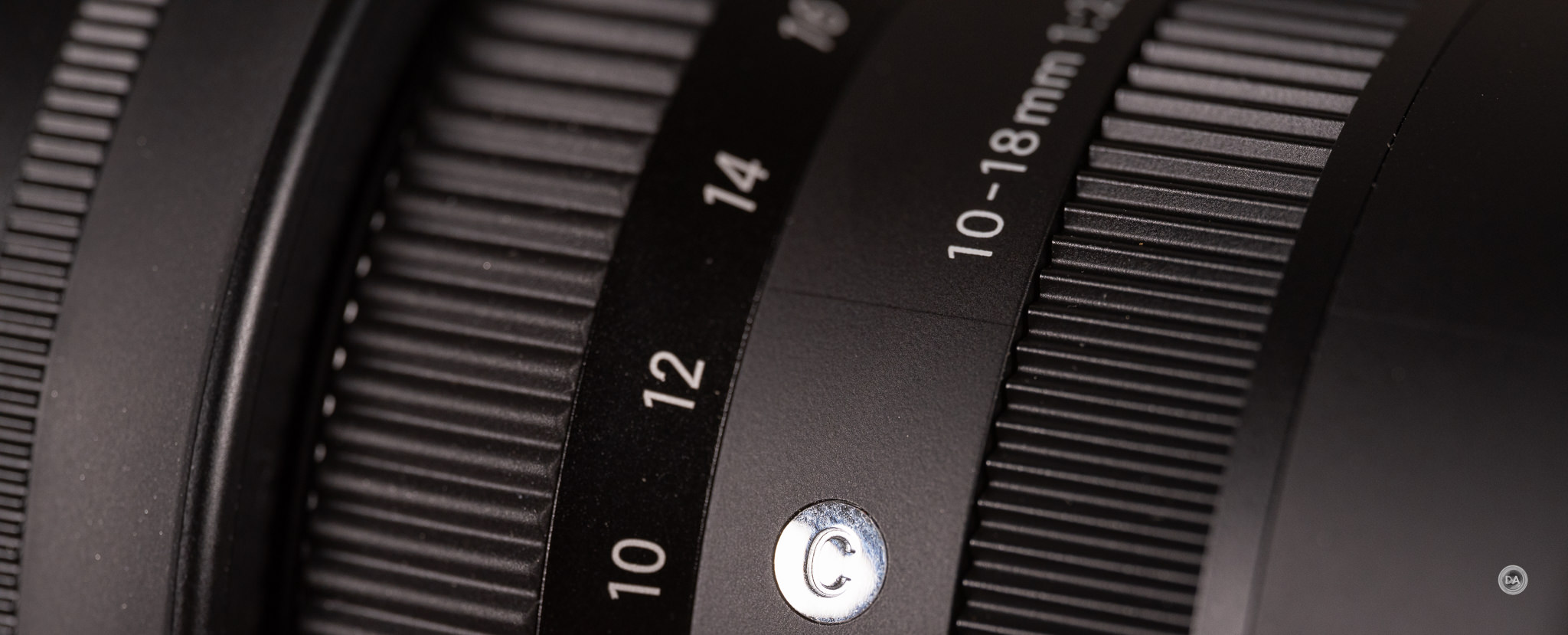



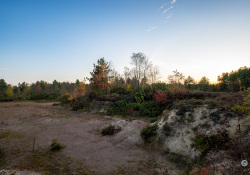





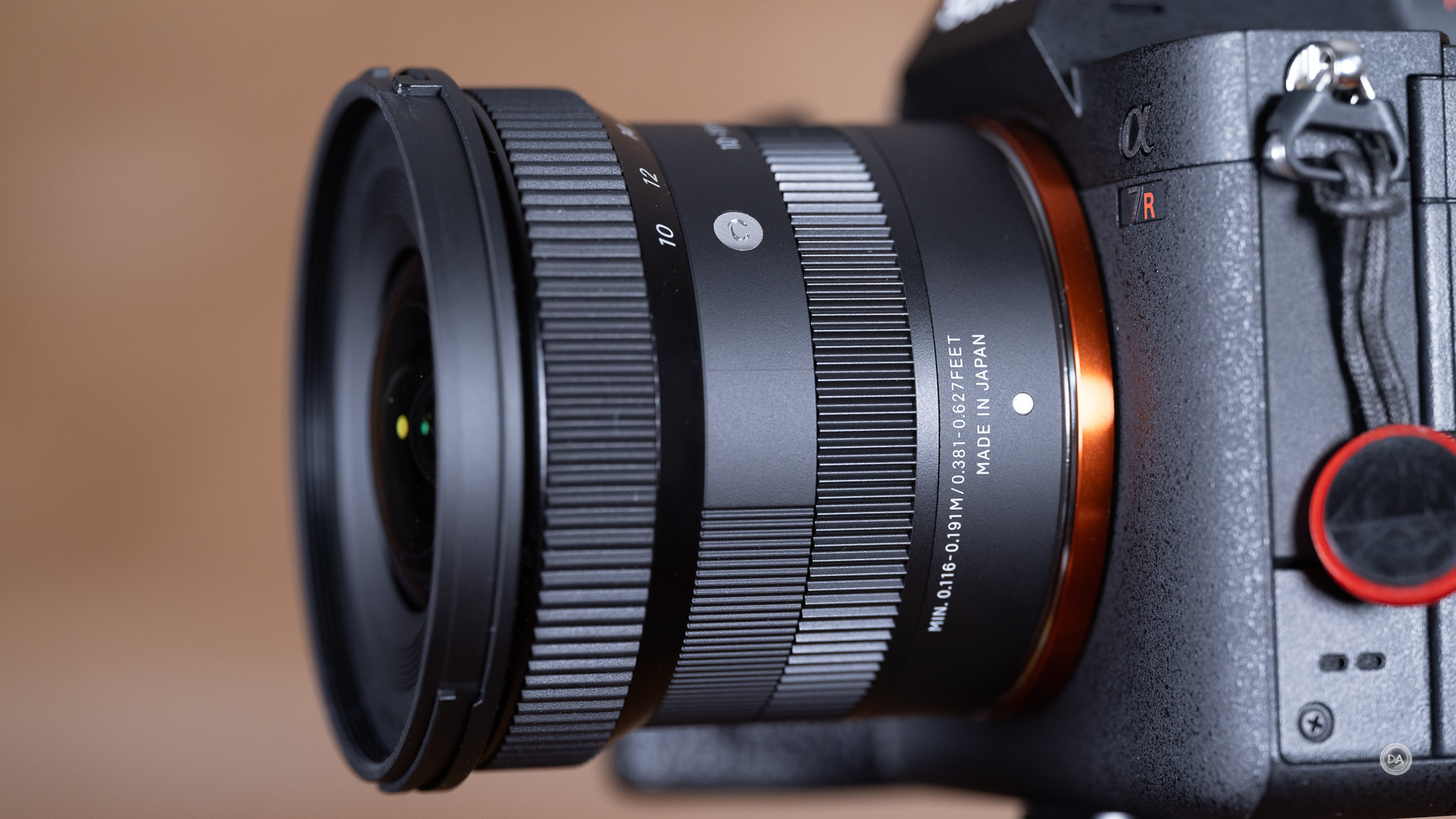
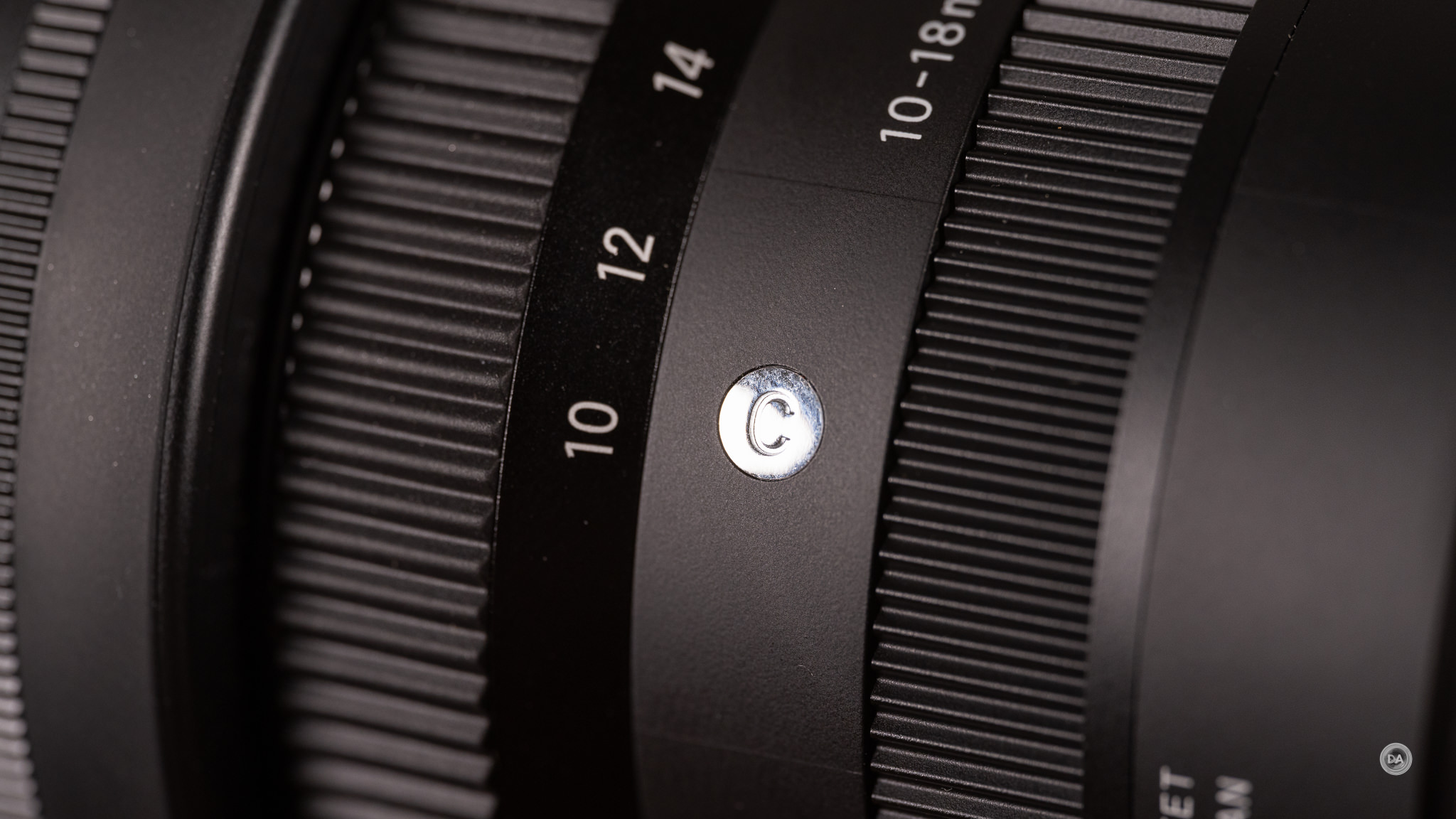
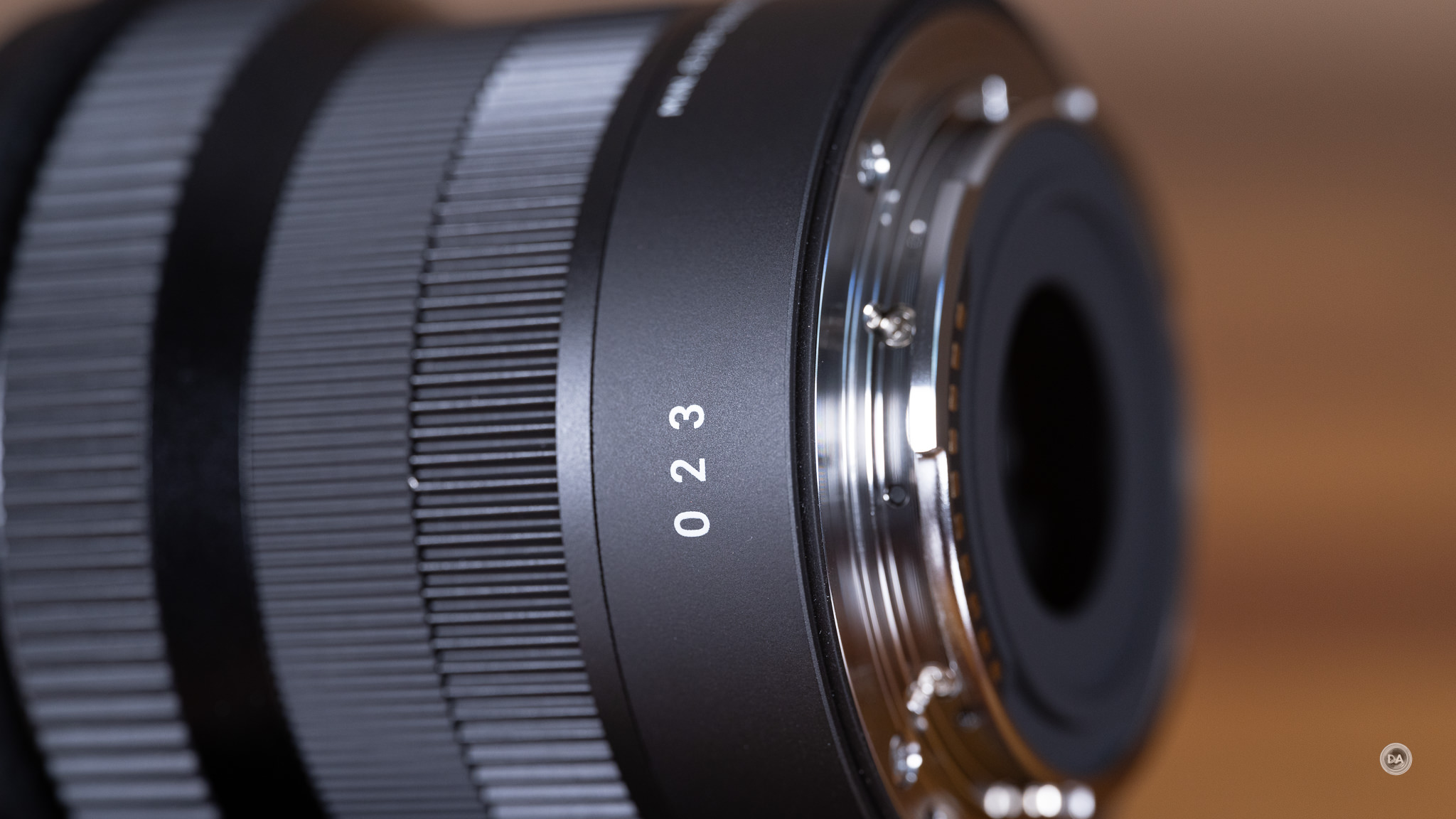
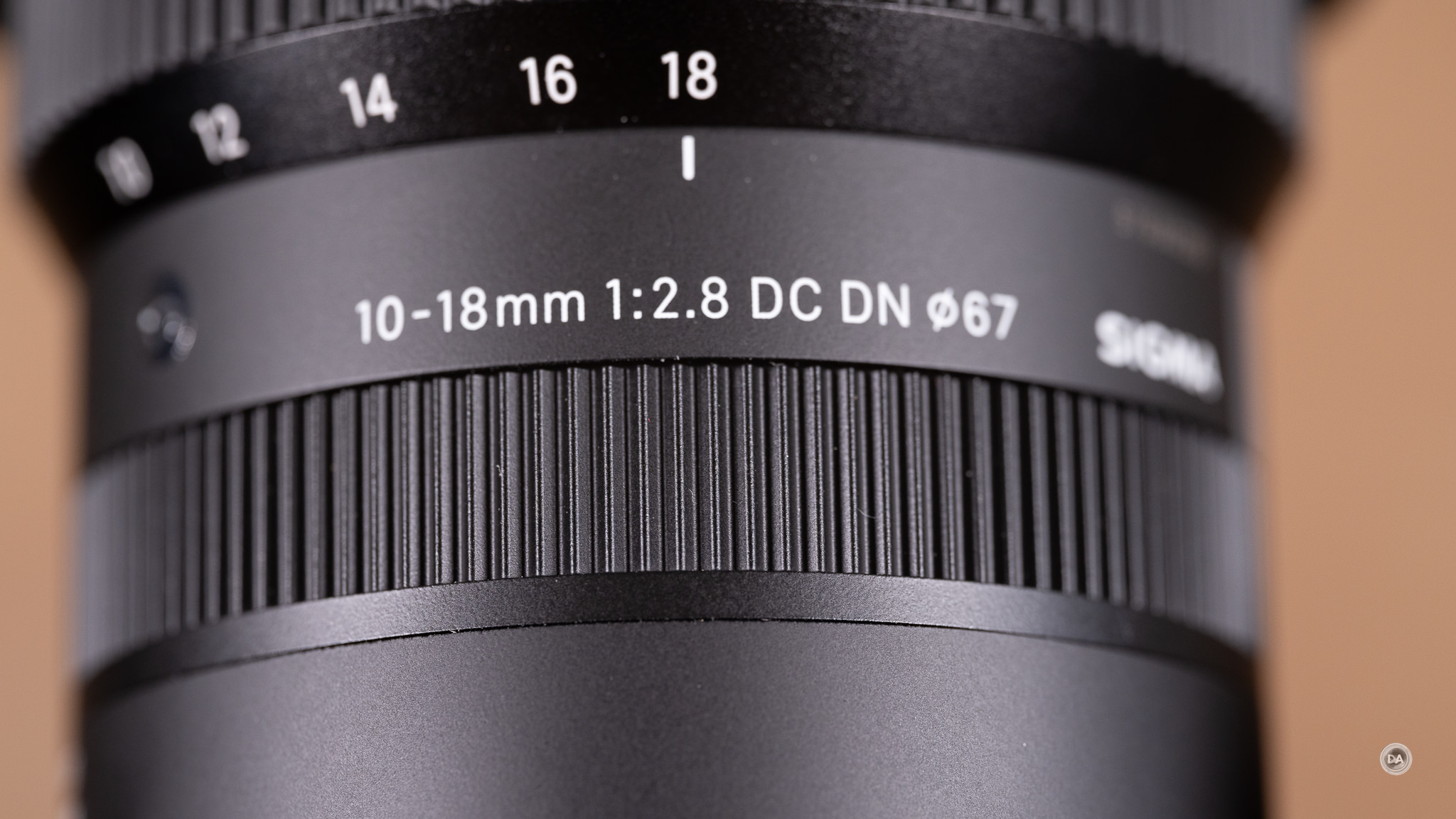
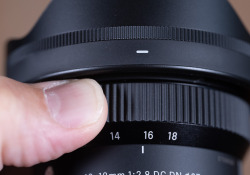

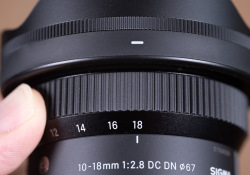

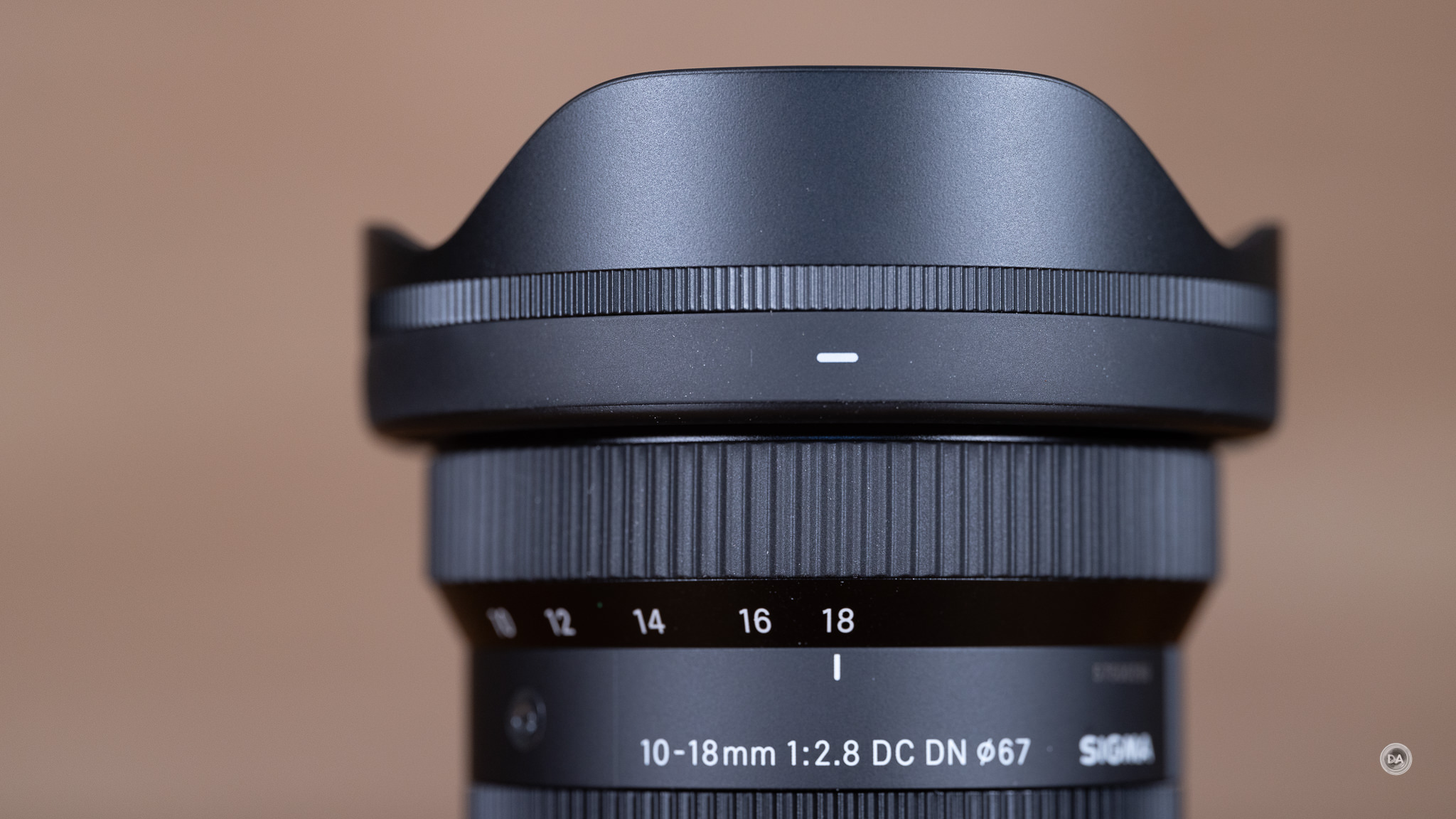
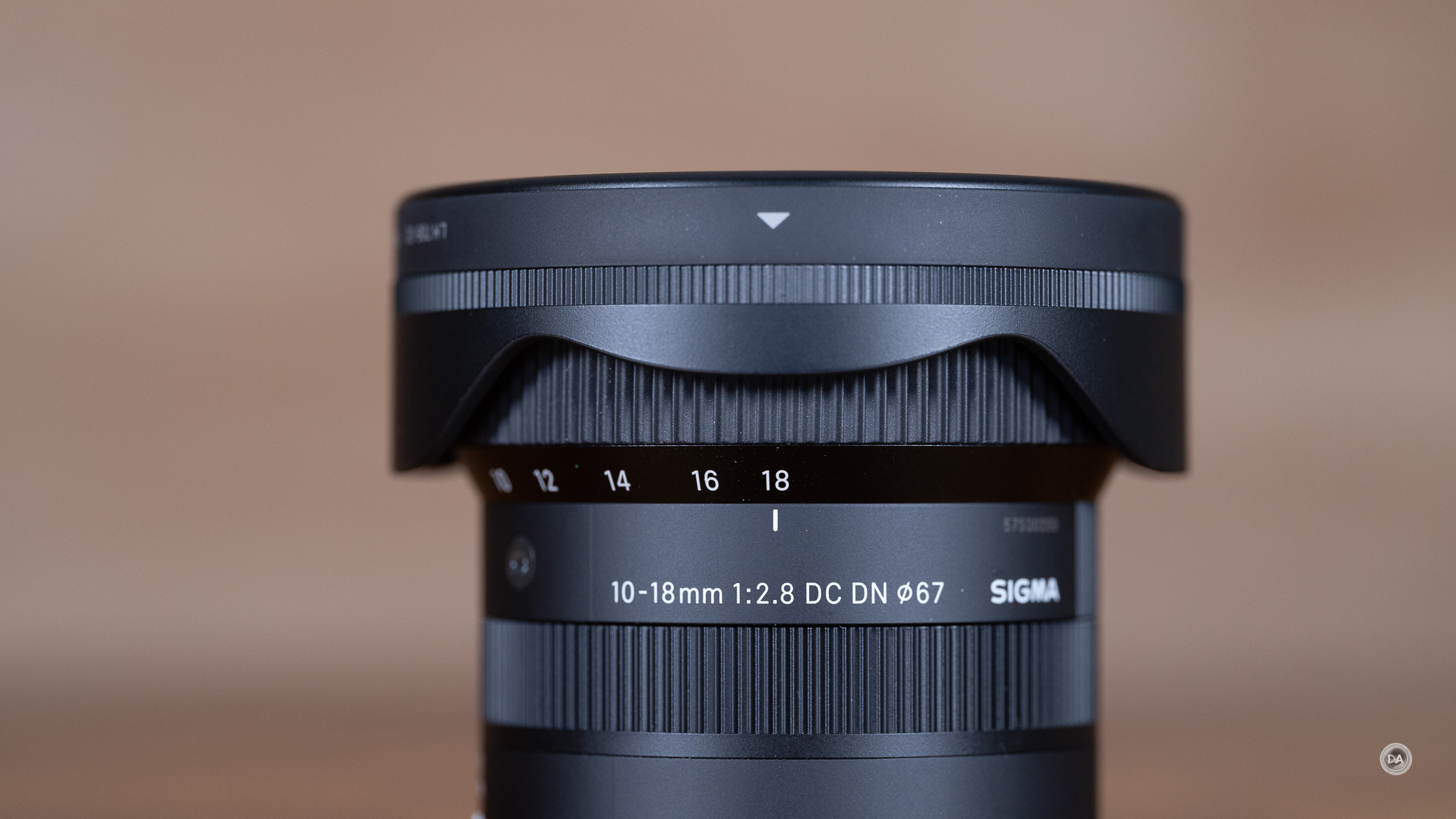

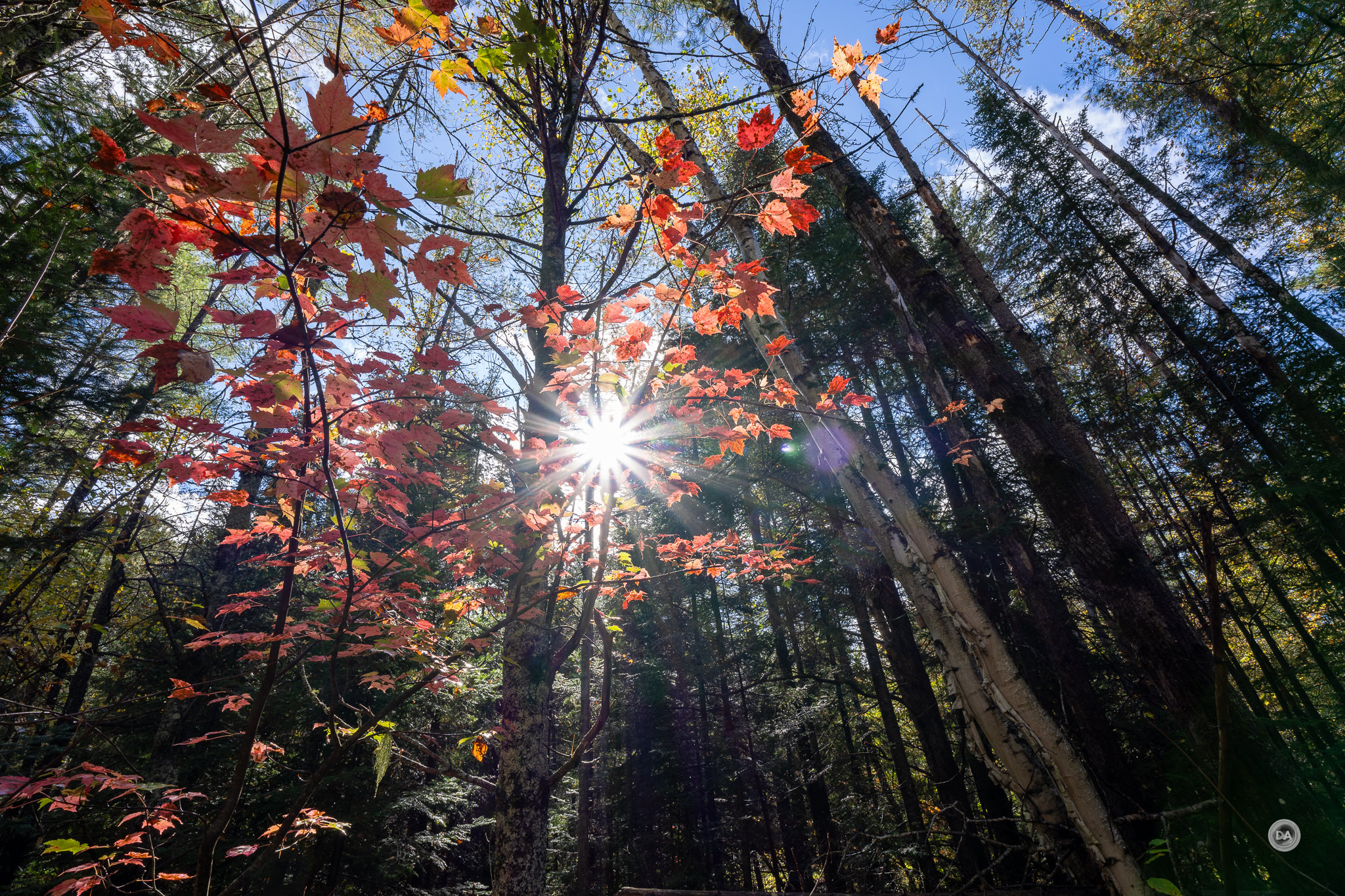







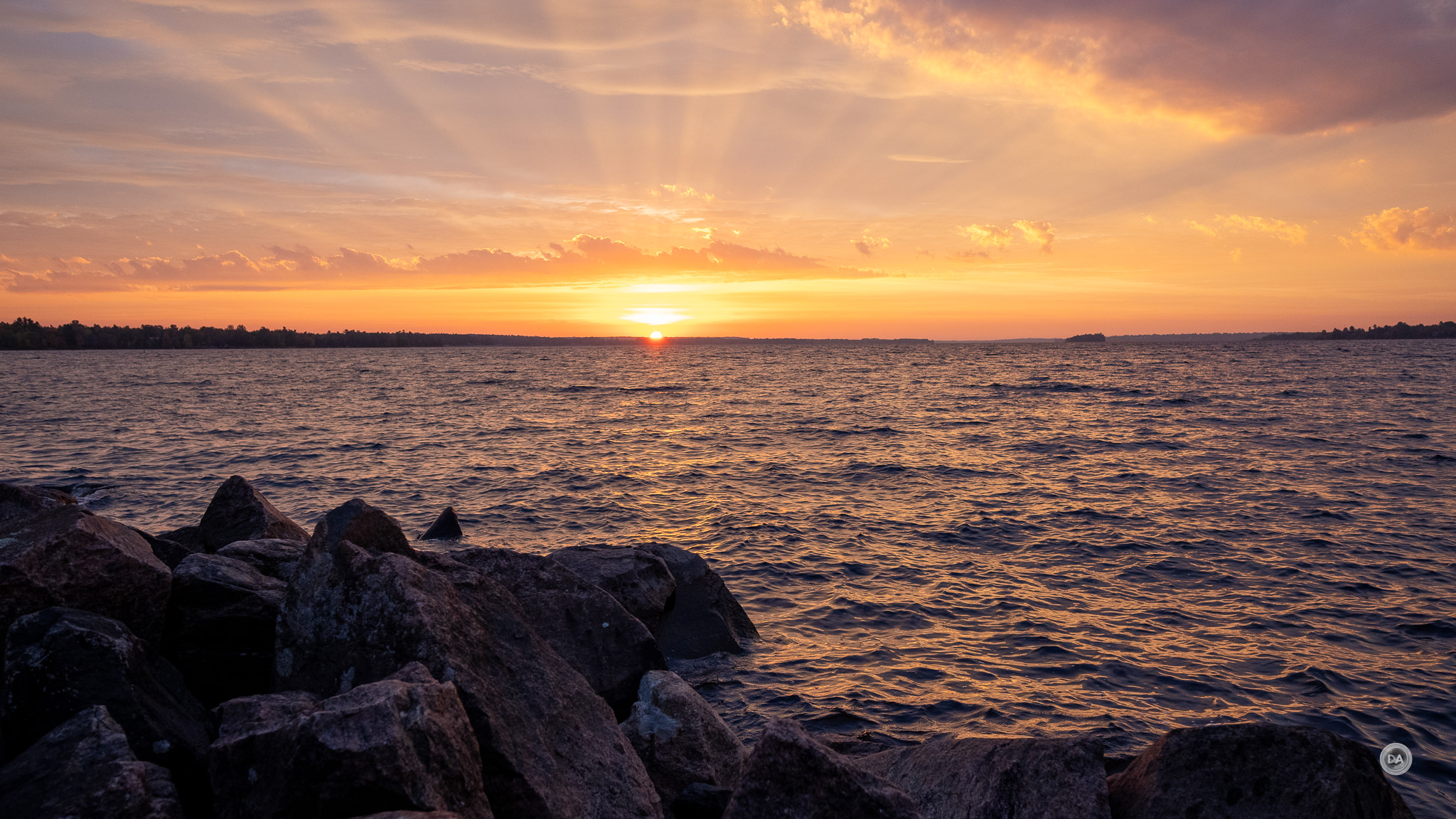


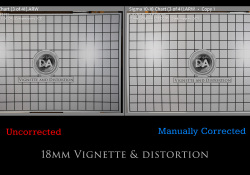
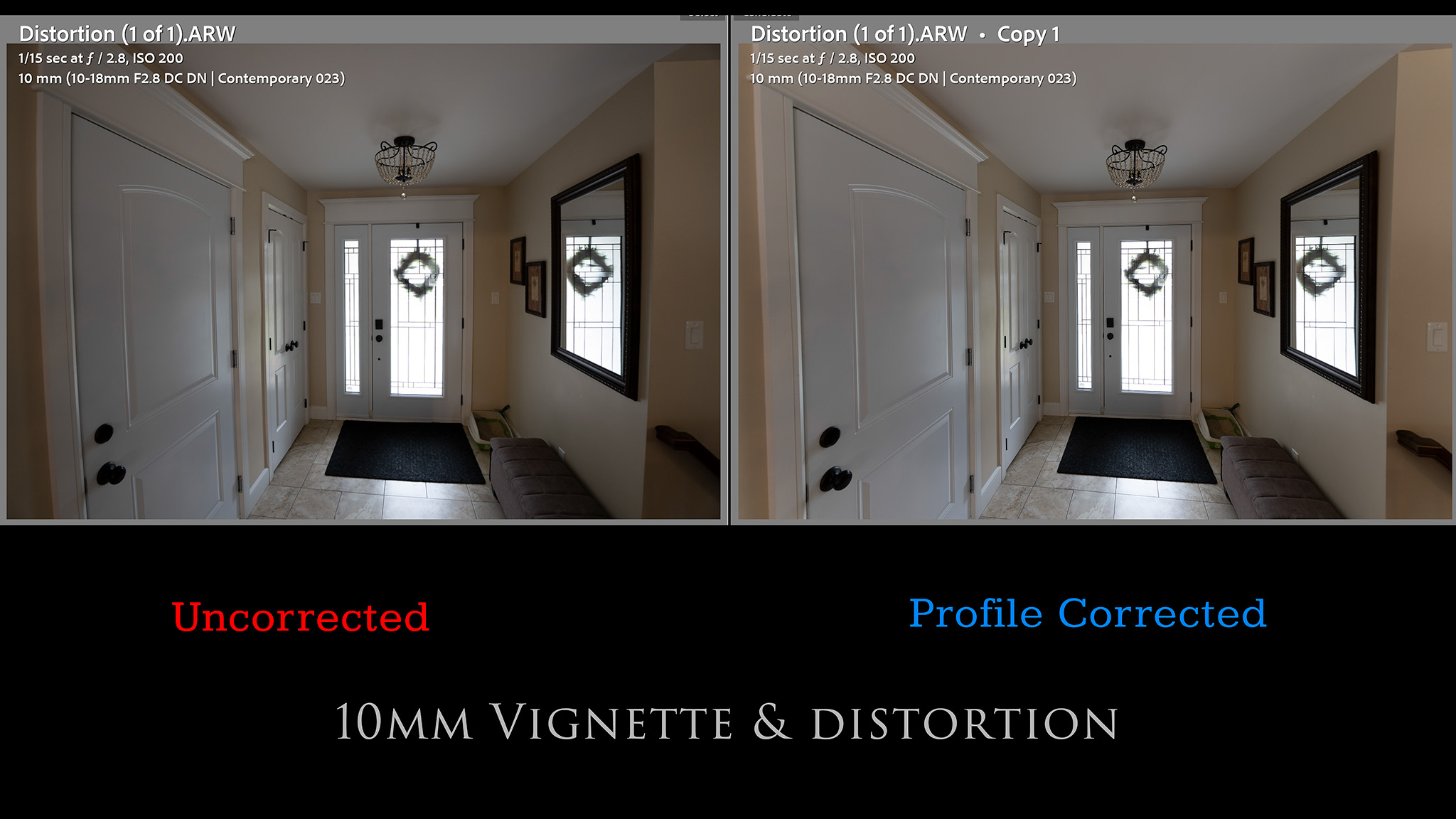
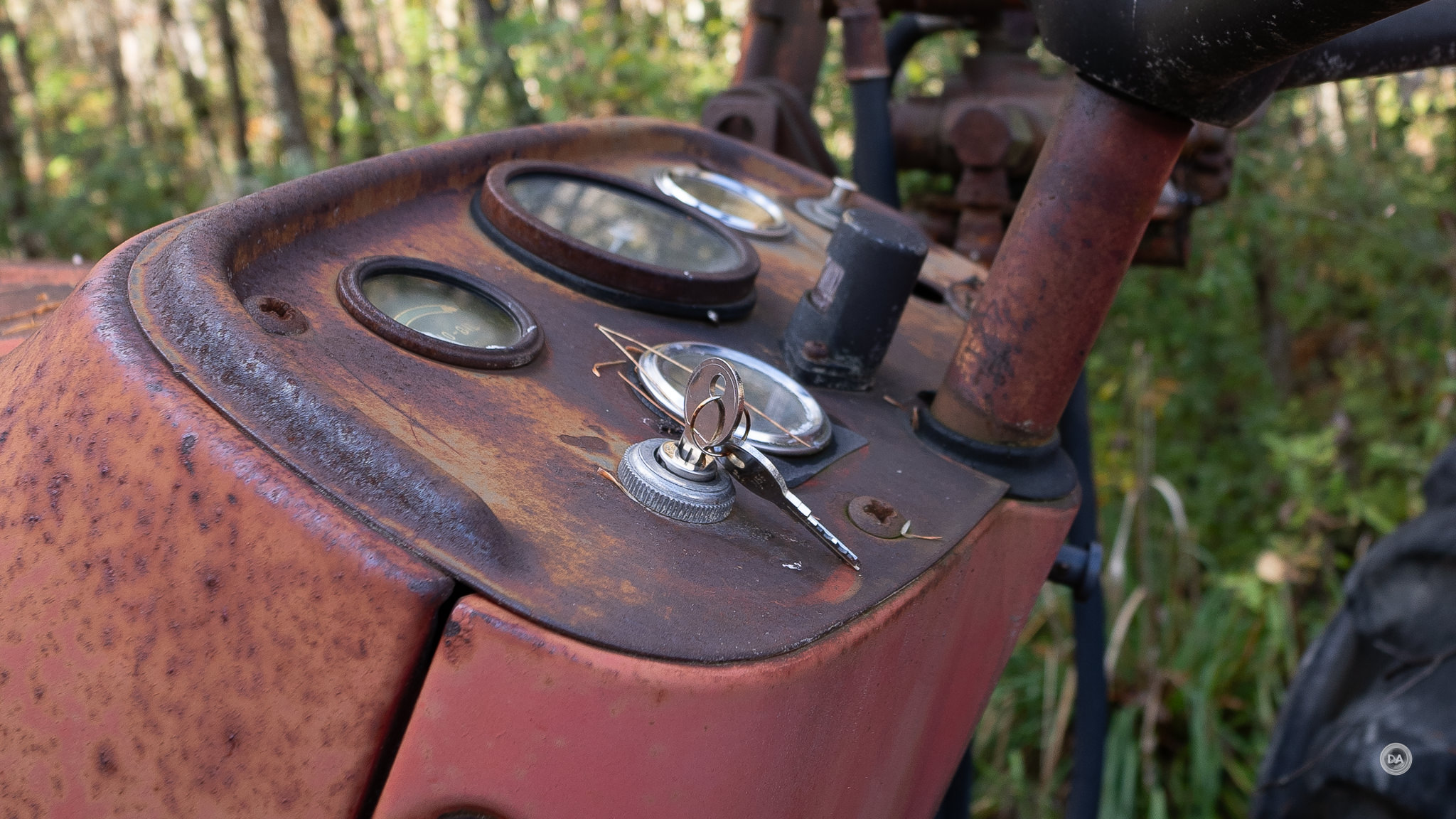






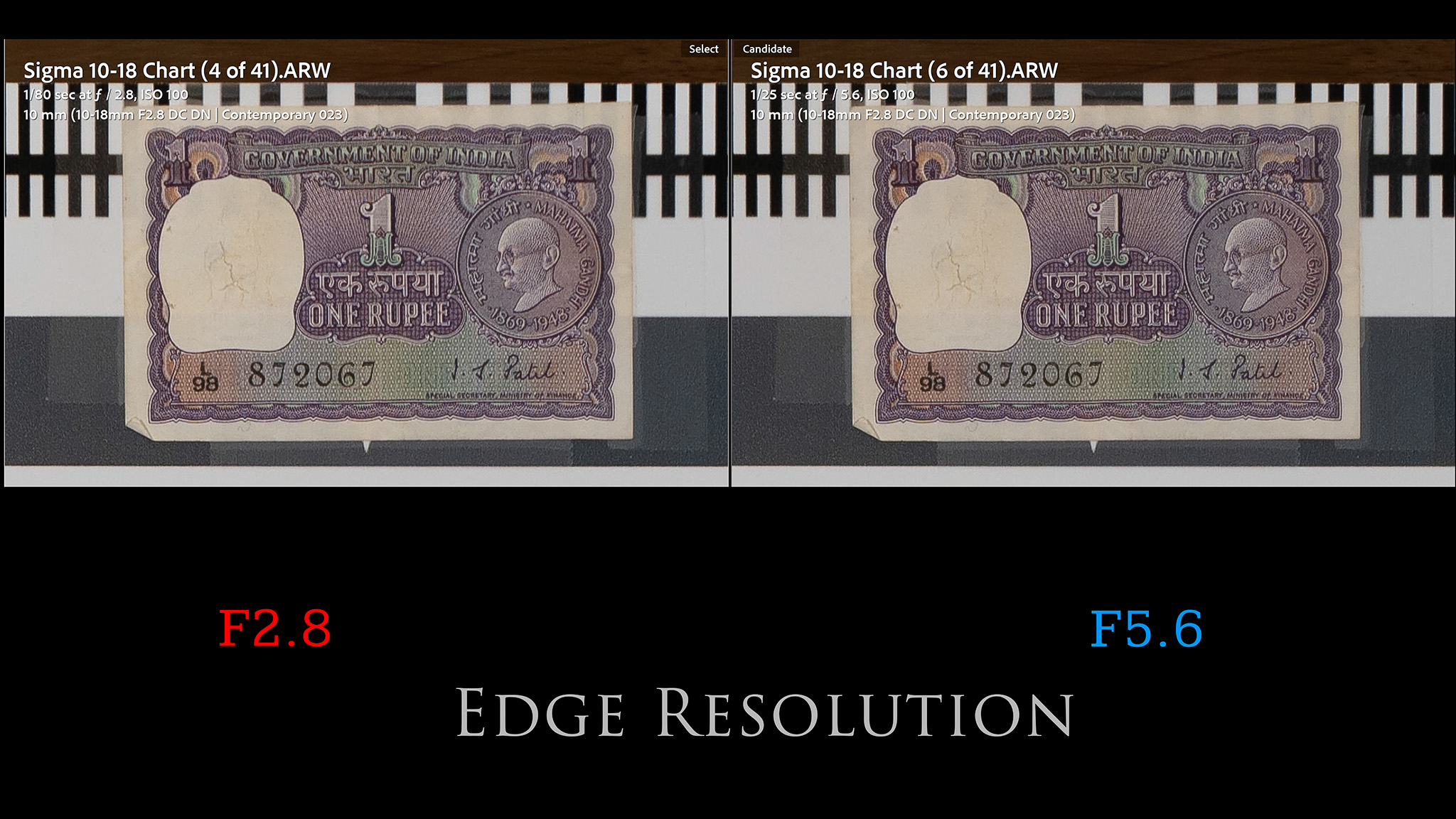
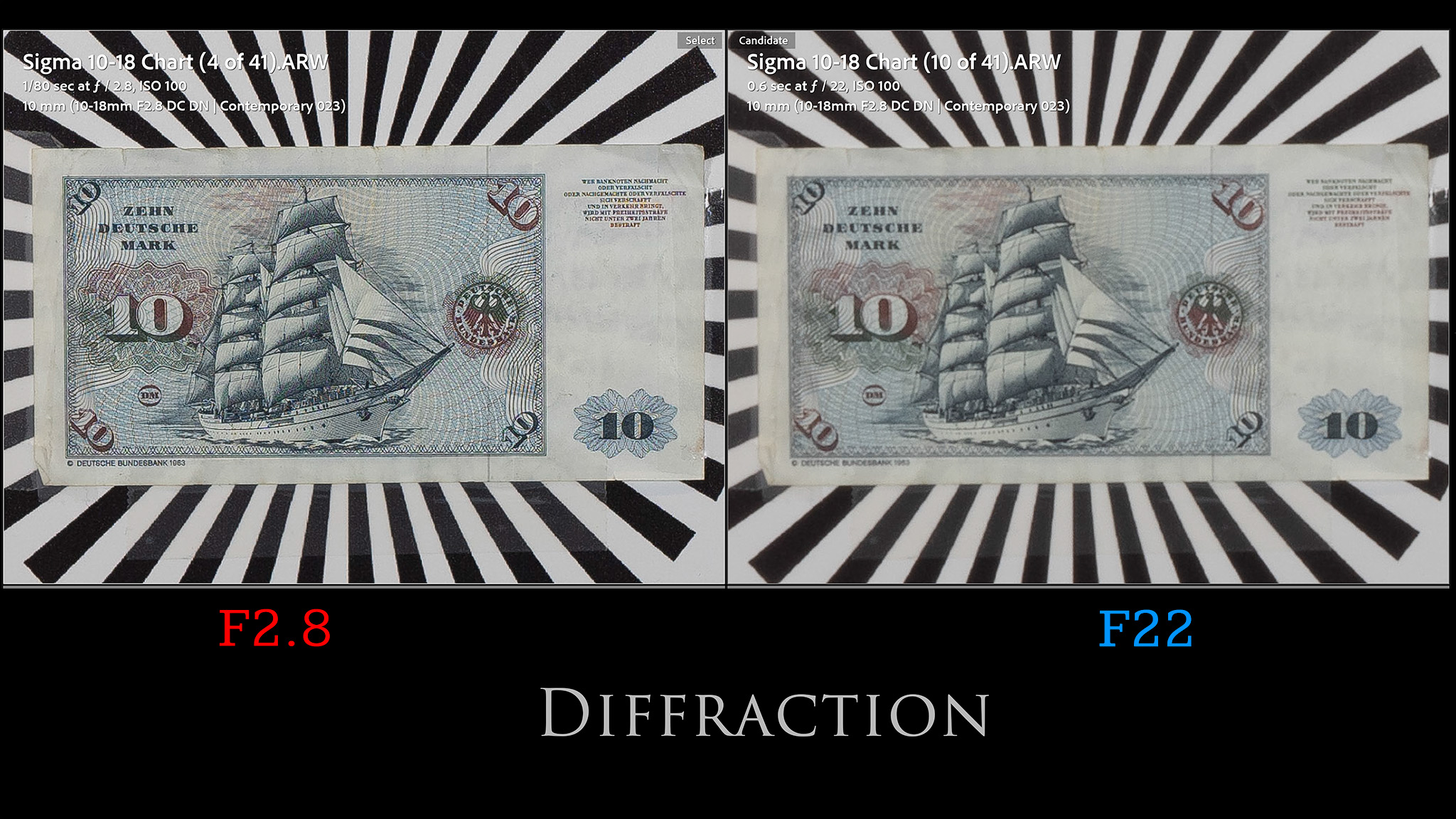
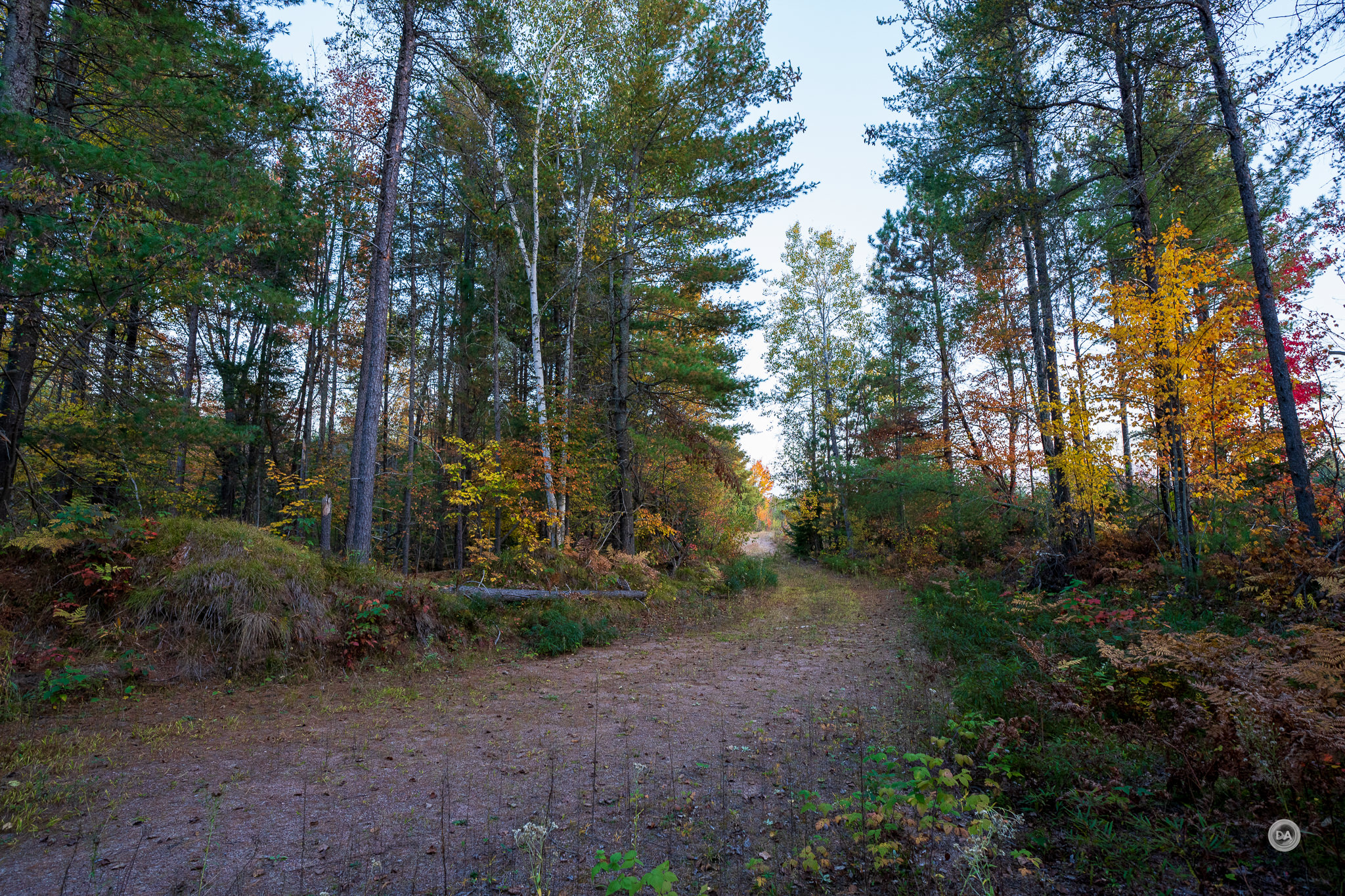

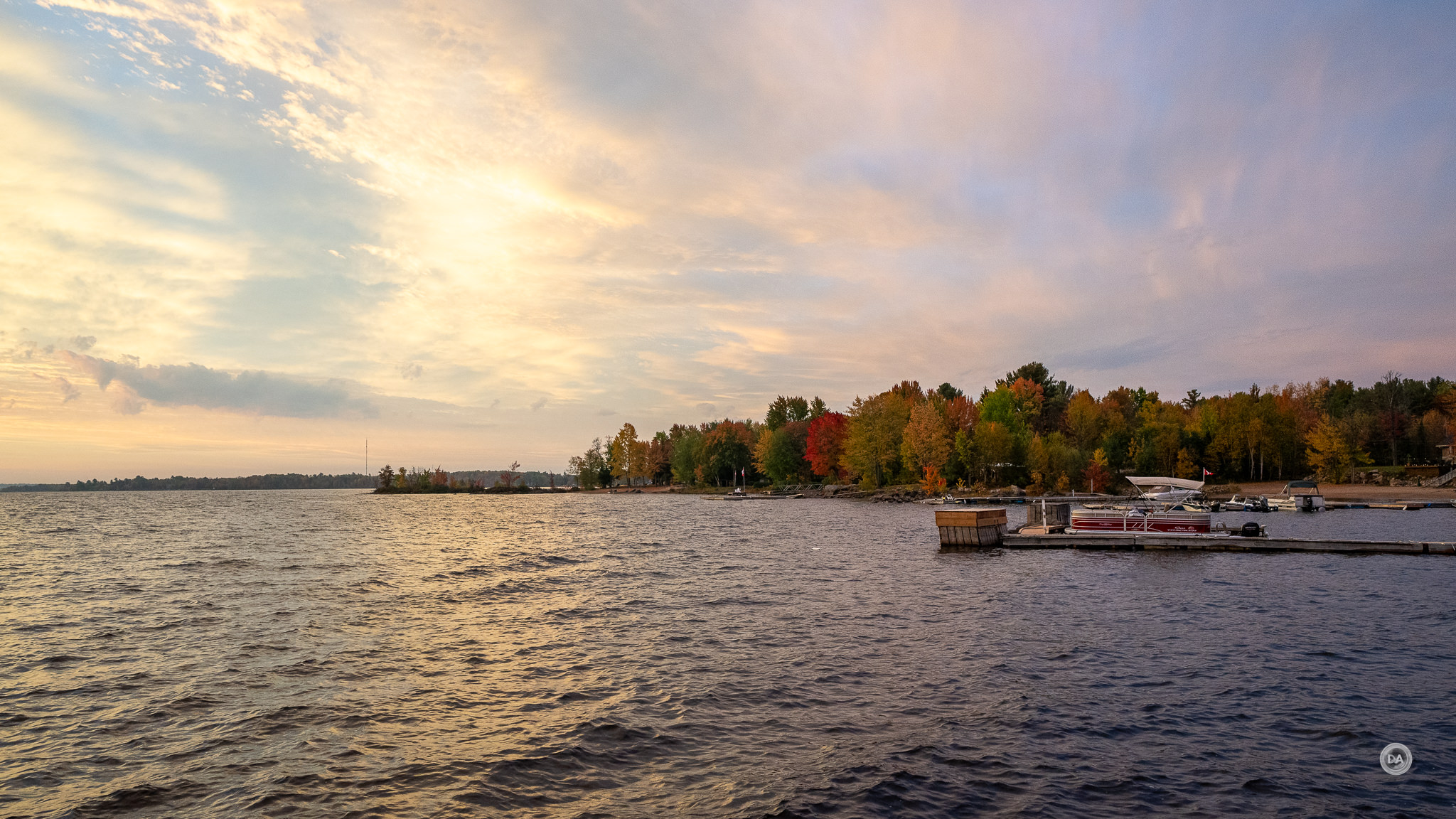
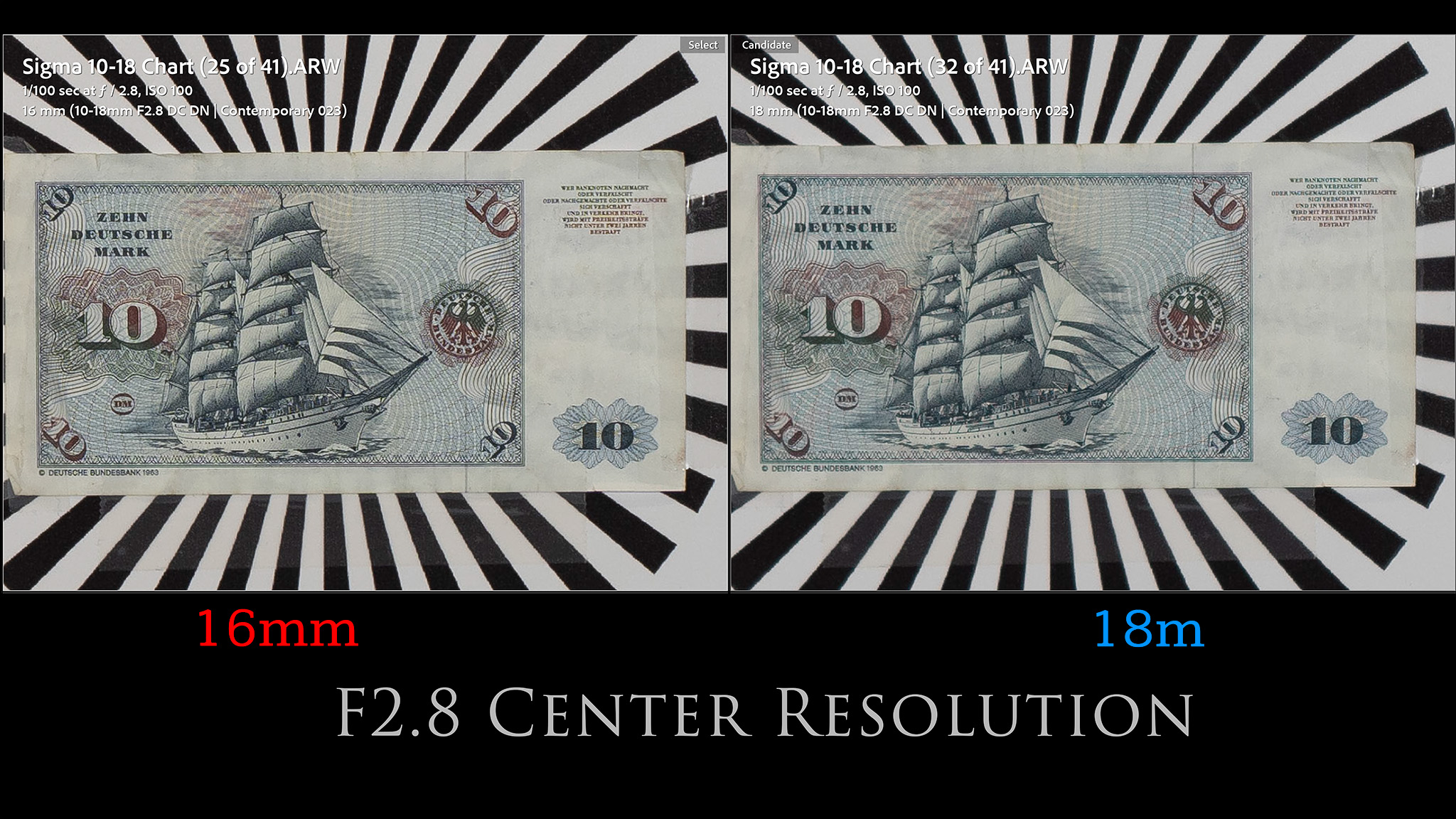
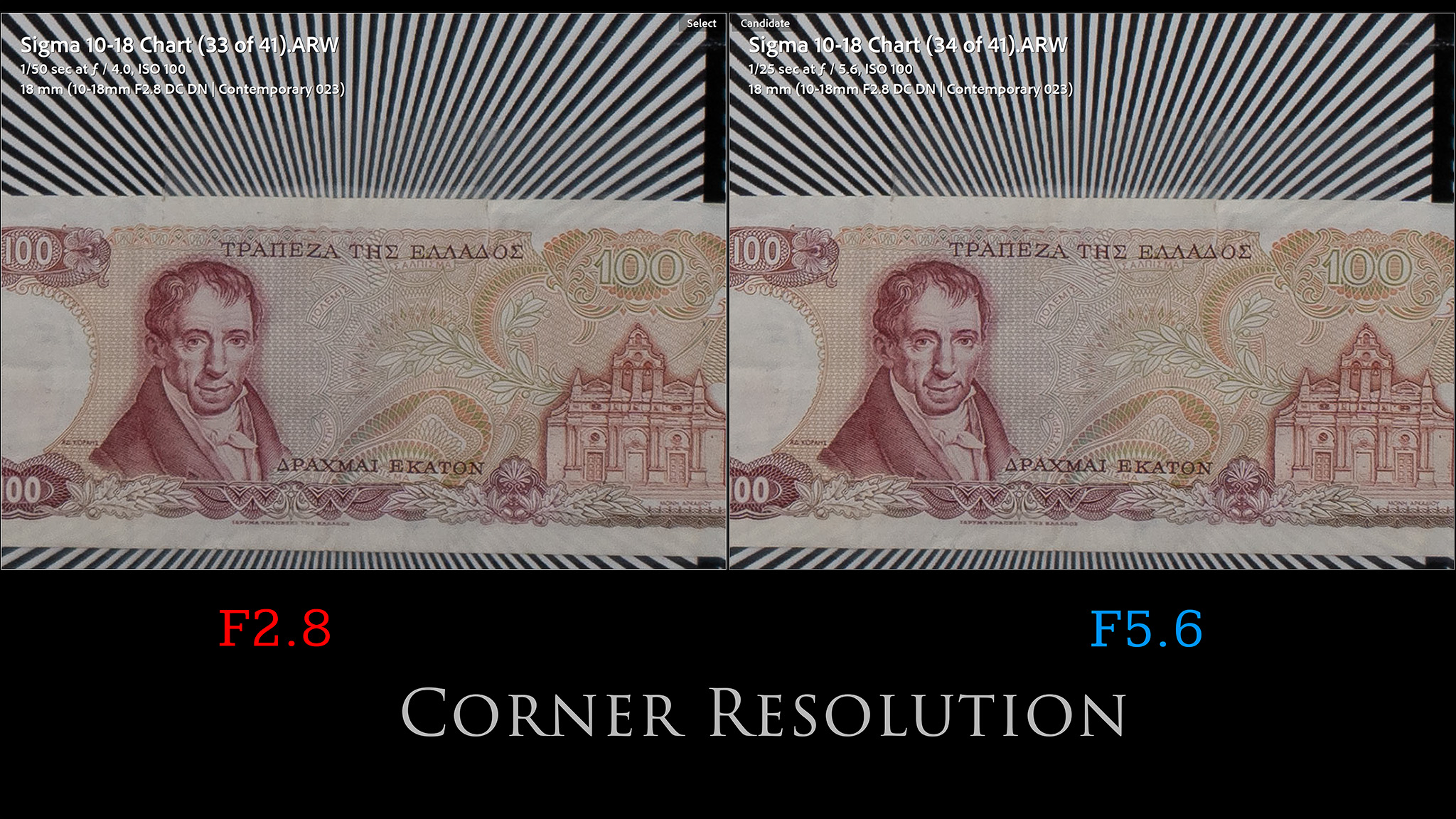
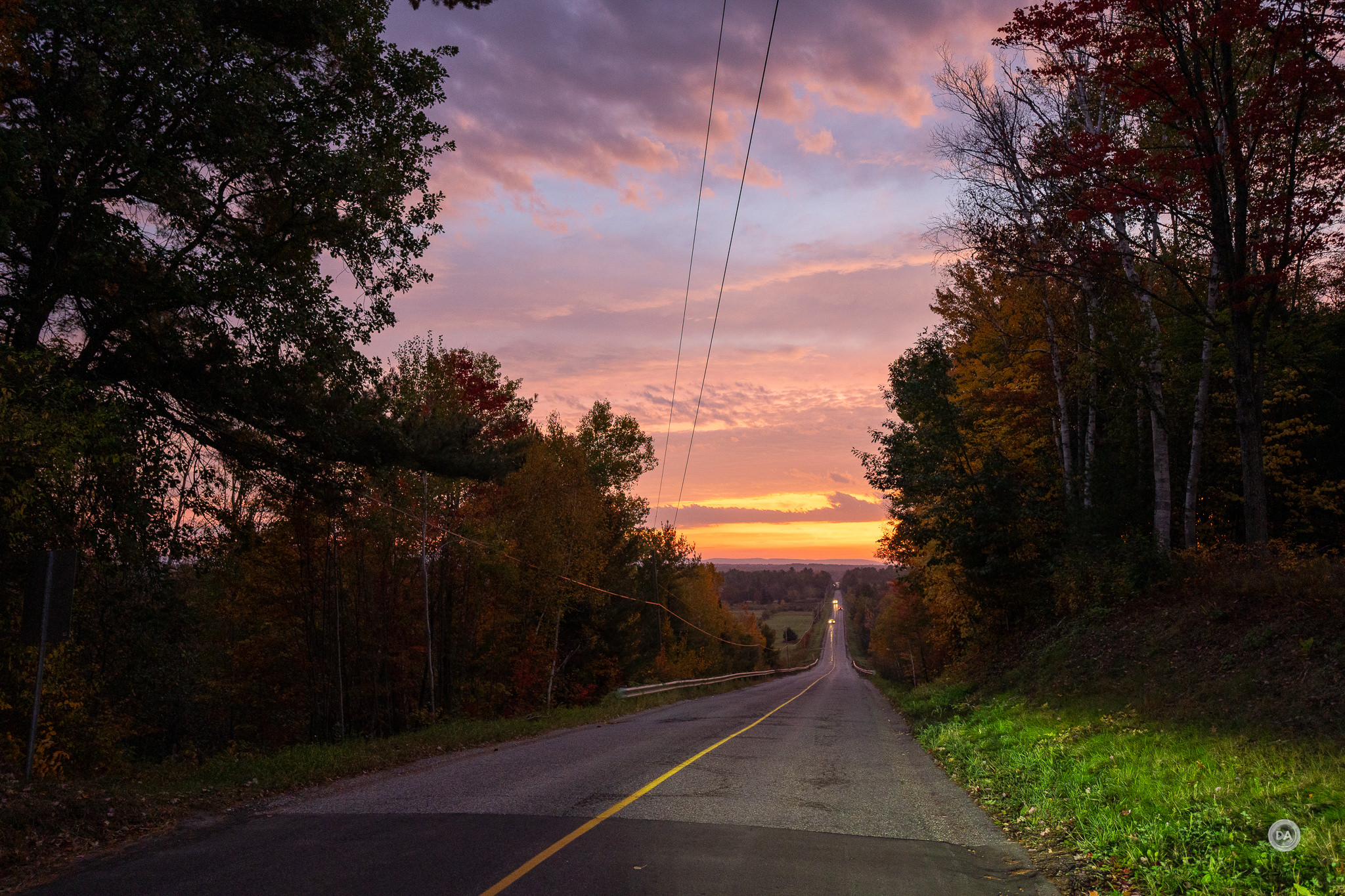





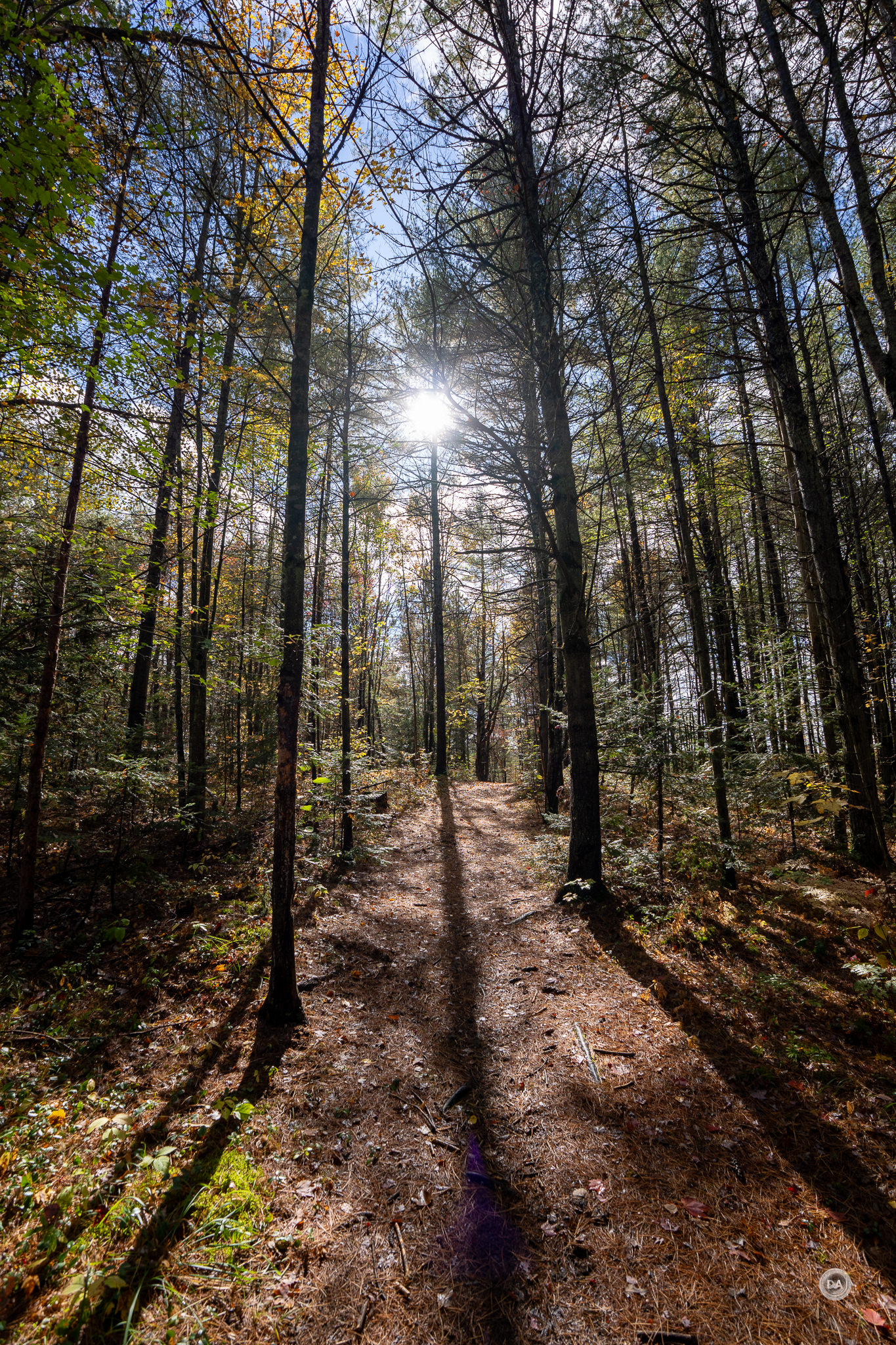



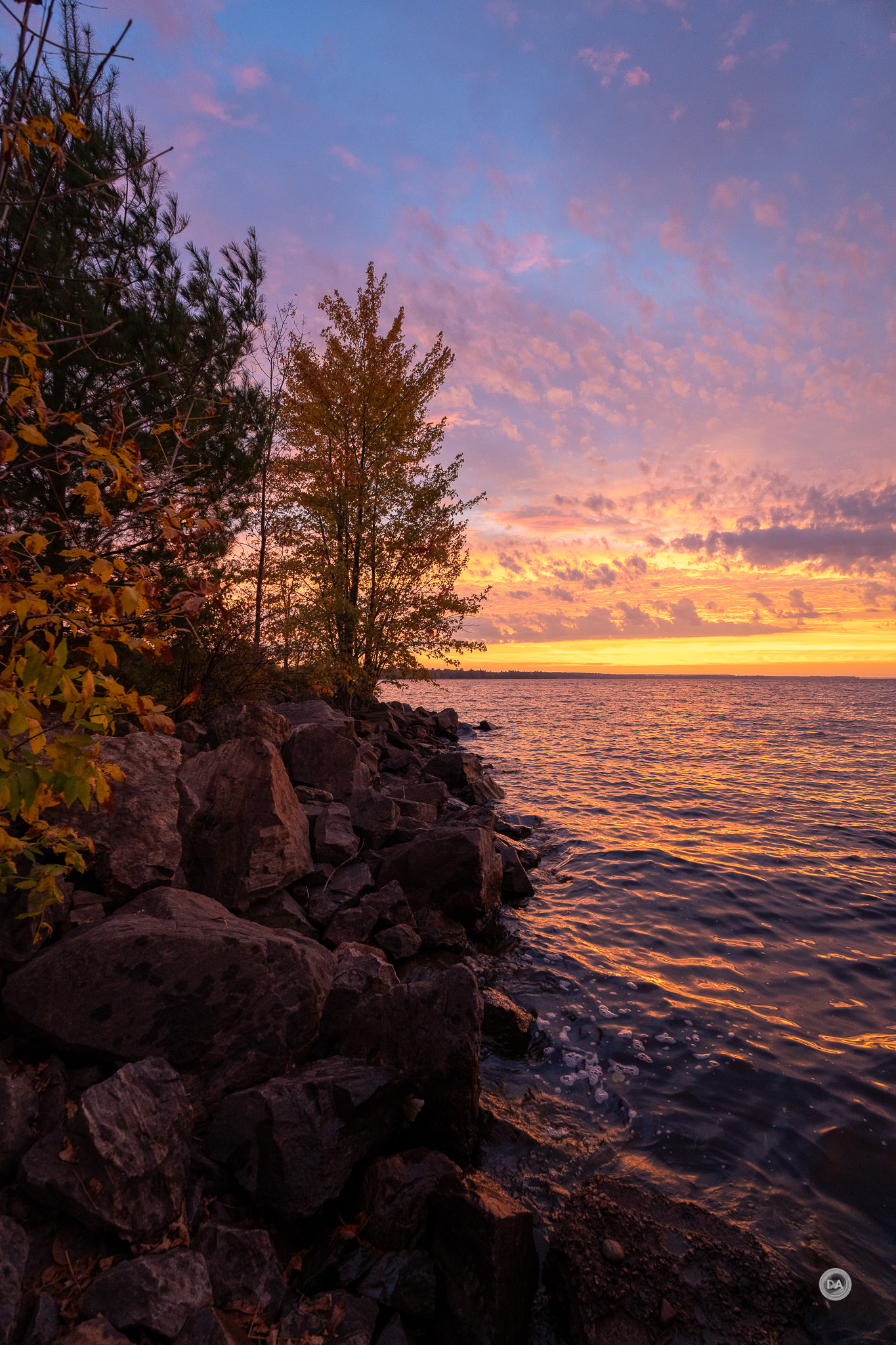

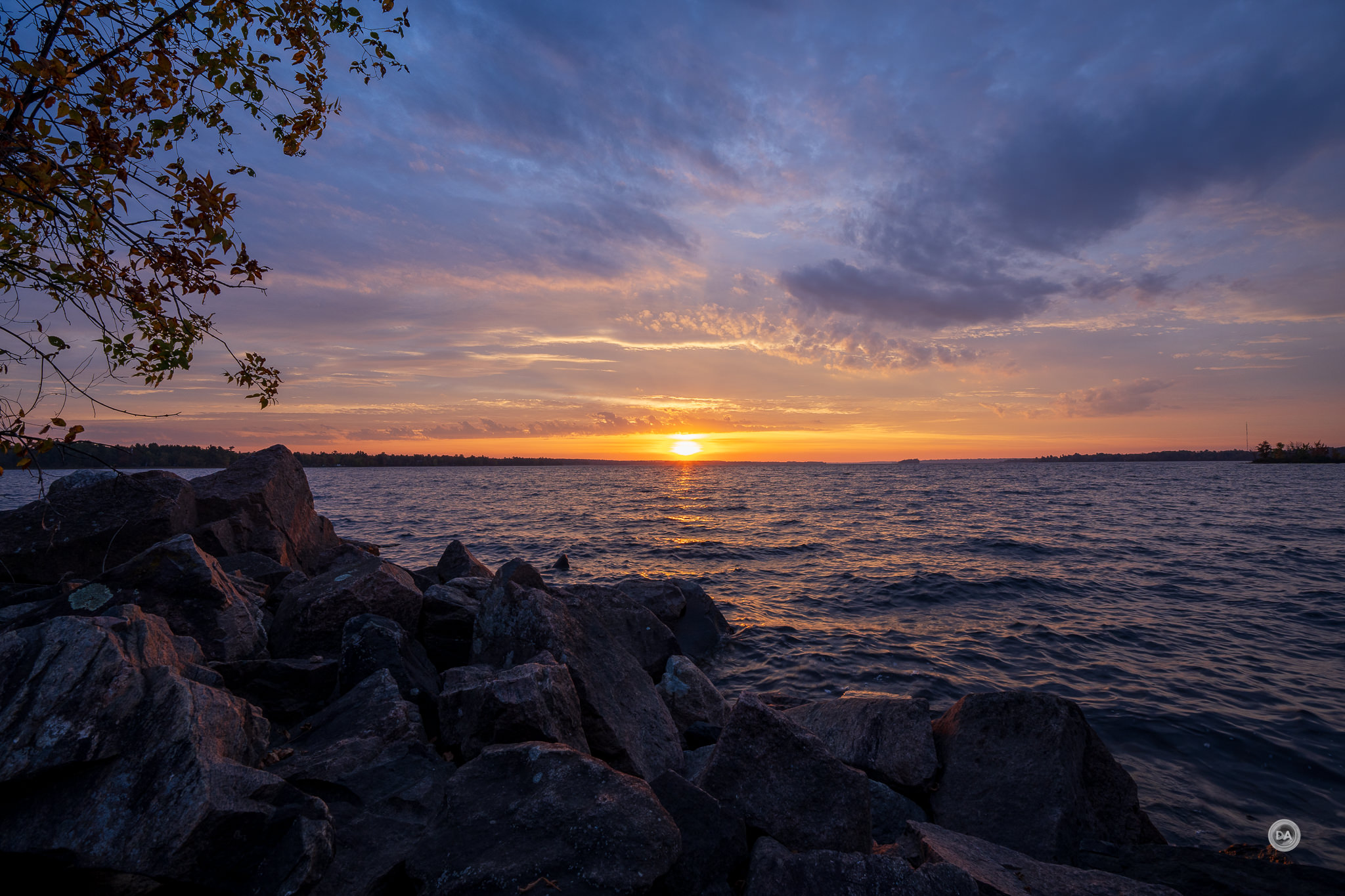

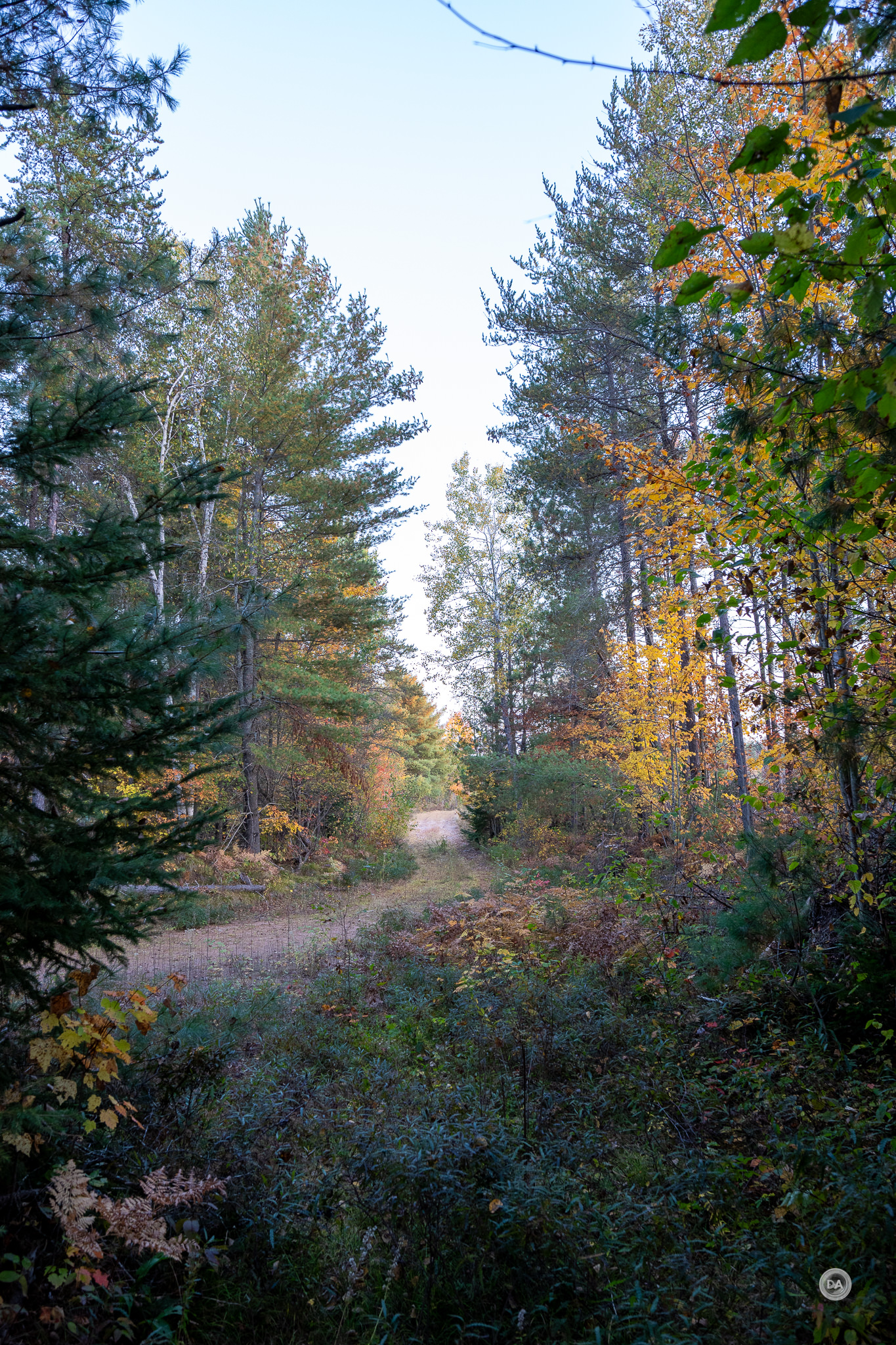

 Viltrox Pro AF 85mm F1.4 FE Gallery
Viltrox Pro AF 85mm F1.4 FE Gallery  Viltrox AF 85mm F1.4 PRO FE Review
Viltrox AF 85mm F1.4 PRO FE Review  Yongnuo YN 35mm F1.8 ART Gallery
Yongnuo YN 35mm F1.8 ART Gallery  Yongnuo YN 35mm F1.8 DA ART Review
Yongnuo YN 35mm F1.8 DA ART Review 



2 thoughts on “Sigma 10-18mm F2.8 DC DN Review”